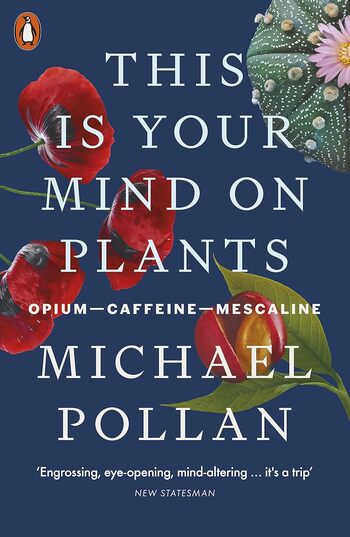
Helen Fisher’s ‘Why We Love’ explores the chemistry of romantic love, revealing how neurotransmitters affect attraction and attachment through a mix of cultural and biological insights.
Main Lessons
- Romantic love is a universal feeling experienced across all cultures and ages.
- Dopamine, norepinephrine, and serotonin are key neurotransmitters driving the feelings associated with love.
- Lust, love, and attachment are interconnected yet distinct feelings influenced by different hormones.
- Novelty, symmetry, and biological factors help determine attraction and mate preferences.
- Men and women experience love differently due to evolutionary roles. Men focus on appearance, while women prioritize security.
- Love maps developed by individual experiences guide our attractions unconsciously.
- The concept of love evolved with human history, influenced by language, brain development, and social structures.
- Romantic love can be maintained over time through novel and exciting experiences with partners.
- Heartbreak mirrors falling in love in terms of brain chemistry and can be overcome by distraction and new experiences.
- Understanding the chemistry of love can aid in sustaining relationships and navigating attraction.








